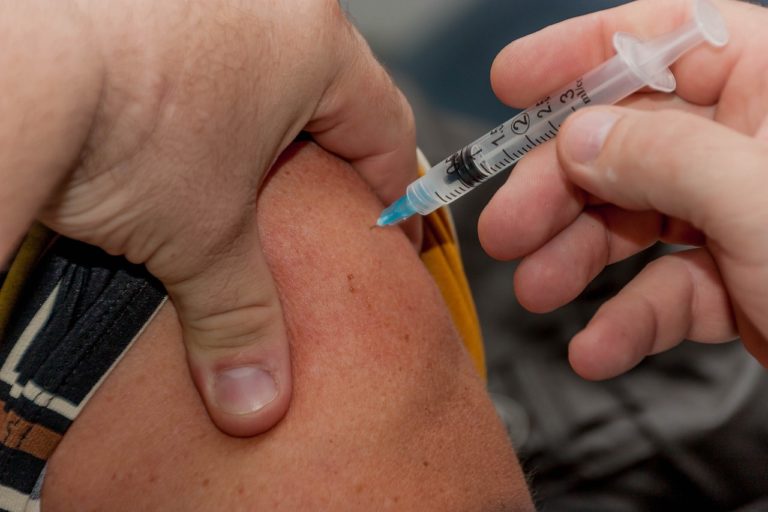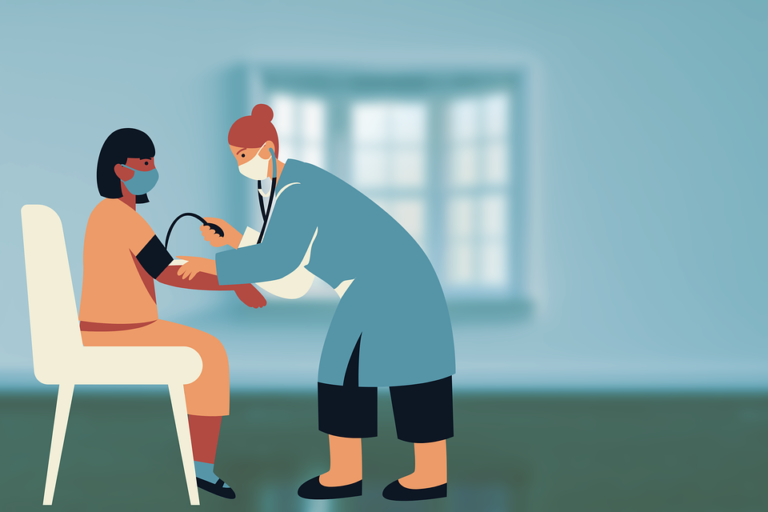Book Appointment Now

Reflective Nursing Practice Using Carper’s Patterns of Knowing
Reflection is an essential aspect of nursing practice, fostering self-awareness, professional growth, and improved patient care. Carper’s Patterns of Knowing, encompassing empirics, aesthetics, personal, and ethics, provide a structured framework for analyzing challenging or surprising clinical situations. This reflective essay explores a situation in which I felt unprepared, identifies the inherent nursing issue, and uses Carper’s framework to analyze my thoughts, feelings, and actions.
Get a reflective nursing essay about Carper’s patterns of knowing
Order Custom Nursing Paper
The Situation
During my first month as a registered nurse in an acute care hospital, I encountered a patient who was experiencing acute respiratory distress due to an exacerbation of chronic obstructive pulmonary disease (COPD). The patient’s condition deteriorated rapidly, requiring immediate intervention to stabilize their breathing. I was tasked with assisting the physician with an emergency intubation procedure, a task I had limited prior exposure to in clinical practice. Despite my training, I felt unprepared and anxious, questioning my ability to contribute effectively during this critical moment.
The Nursing Issue
The central nursing issue in this situation was effective management of acute respiratory distress in a critical care setting. This includes timely intervention, collaboration with the care team, and ensuring the patient’s safety during high-stakes scenarios.
Carper’s Patterns of Knowing
1. Esthetics: The Art of Nursing
Esthetics focuses on the nurse’s perception and response to the situation. The underlying reason for the challenges I faced was my lack of experience in managing emergent scenarios and the high-pressure nature of the situation. The patient’s visible distress—gasping for air and the alarm from monitoring equipment—intensified the urgency. Despite this, the esthetic knowing involved recognizing the need for composure and teamwork to address the patient’s immediate needs. My role, though not central to the intubation, required maintaining situational awareness and preparing necessary equipment efficiently.
2. Personal Knowing
My thoughts and feelings during the situation ranged from fear and self-doubt to determination to support the team. I felt a strong responsibility to the patient and a desire to rise above my discomfort. Reflecting on this now, I recognize that my feelings of inadequacy stemmed from the transition from student to practicing nurse. Personal knowing revealed my empathy for the patient, as their distress mirrored my emotional struggle with feeling underprepared.
3. Ethics: The Moral Component
Ethics in nursing is guided by principles such as beneficence, non-maleficence, and fidelity. A personal belief that shaped my actions was my commitment to prioritizing the patient’s well-being above my own insecurities. I maintained a professional demeanor, adhered to my role, and supported the physician despite my internal doubts. Ethical practice required me to balance the need for rapid action with the importance of maintaining patient dignity and ensuring procedural safety.
4. Empirical Knowing: Evidence-Based Practice
Empirical knowing addresses the scientific foundation for nursing actions. The literature emphasizes that early recognition and intervention in respiratory distress significantly improve outcomes. According to studies, team preparedness and clear role allocation during emergency airway management are critical for patient safety (Apfelbaum et al., 2020). My nursing education provided foundational knowledge about intubation and respiratory care, which I applied to support the team effectively. However, the situation underscored the importance of continuous skills training and simulations in preparing nurses for emergencies.
Insights Gained
Reflecting on this situation using Carper’s Patterns of Knowing has provided valuable insights into my nursing practice:
- Empowerment Through Preparation: Practical exposure to emergency situations, including simulation training, is vital for building confidence and competence in acute care scenarios.
- The Value of Teamwork: Effective collaboration with the interdisciplinary team ensures that even less experienced members can contribute meaningfully.
- The Role of Reflection: Engaging in reflective practice has helped me process my emotions, recognize areas for growth, and reaffirm my commitment to providing patient-centered care.
Conclusion
The situation I faced as a novice nurse highlighted the complexity of nursing practice, the emotional and ethical challenges inherent in critical care, and the importance of continual learning. By applying Carper’s Patterns of Knowing, I have gained a deeper understanding of my professional responsibilities and personal growth areas. This reflective process has reinforced my confidence in addressing future challenges with resilience, empathy, and evidence-based knowledge.
References
- Apfelbaum, J. L., Hagberg, C. A., Caplan, R. A., et al. (2020). Practice guidelines for management of the difficult airway: An updated report by the American Society of Anesthesiologists. Anesthesiology, 132(2), 251-270. https://doi.org/10.1097/ALN.0000000000002864
- Benner, P. (1984). From novice to expert: Excellence and power in clinical nursing practice. Addison-Wesley.
- Johns, C. (2009). Becoming a reflective practitioner. Wiley-Blackwell







